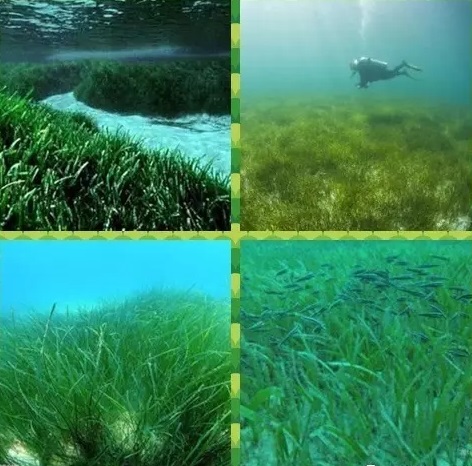Mangroves and seagrass provide habitat for important marine life and can help stabilize the seafloor and filter pollutants.
Nearly all fish and shellfish caught by commercial and recreational anglers spend part of their life cycle in or near mangroves. Many animals, such as kai deer and great egrets, call mangroves home.
The seagrass family, in turn, is home to many creatures that spend part of their life cycles, including pink shrimp, lobsters, redfish and stone crabs. In 2010, by providing food and shelter for a range of fish, seagrass beds provided the Monroe County fishing industry with $13.9 million worth of stone crabs, crayfish, shrimp, yellowtail snapper, gray snapper and blue crabs.

Mangroves and seagrass play a very important role in stabilizing the ground. The roots of mangroves help absorb the movement of waves and help prevent shoreline erosion. When these trees and shrubs are removed, additional support structures such as breakwaters are required. Like mangroves, seagrasses stabilize sediments on the seafloor. Without seagrass, much of the area where these creatures currently live would be a picture of quicksand and mud.

Mangroves and seagrass also filter pollutants, absorb excess nutrients from runoff and stabilize sediments, helping to make sea water clearer and improve water quality.
Source: NOAA
Image: Network